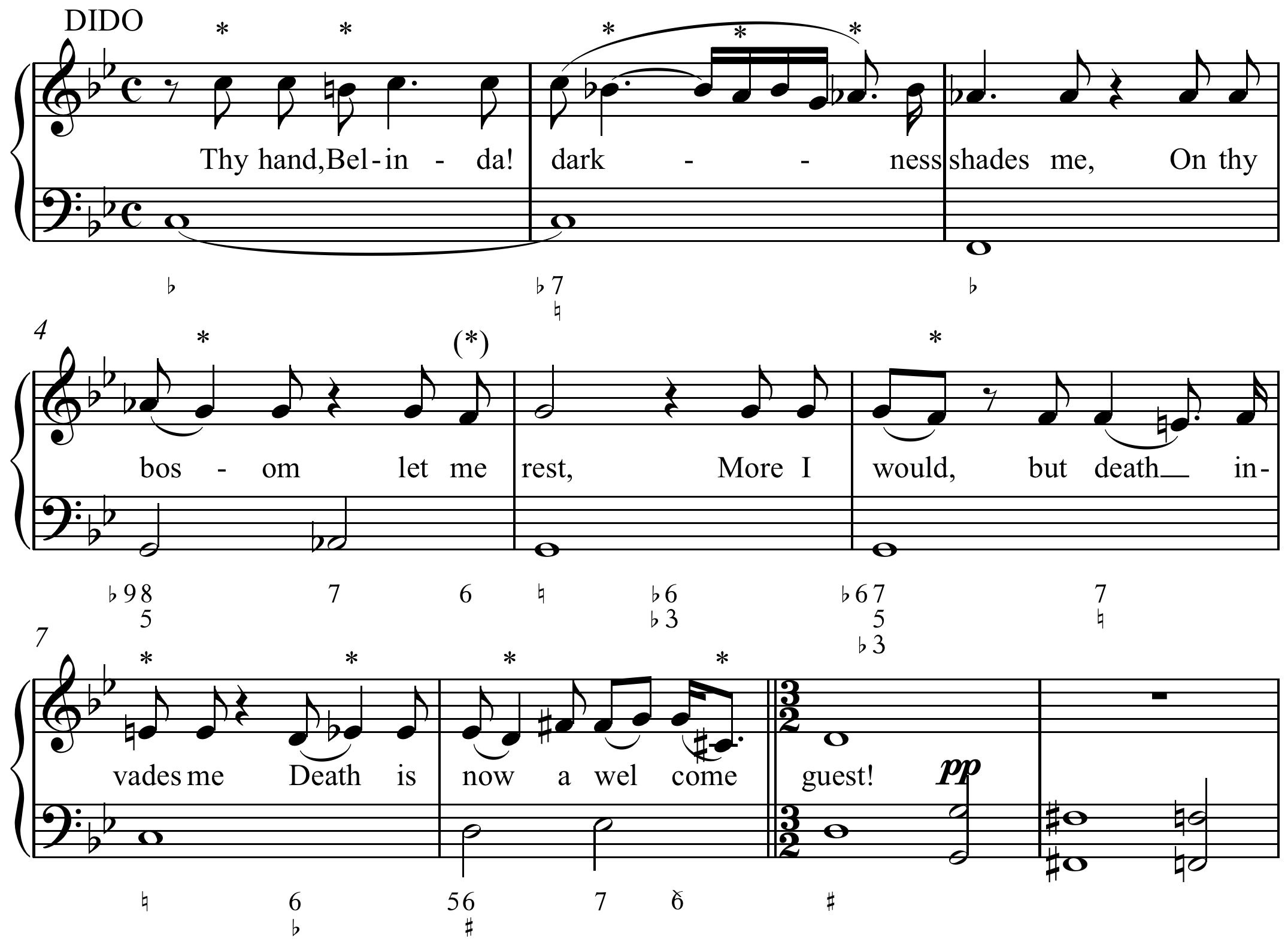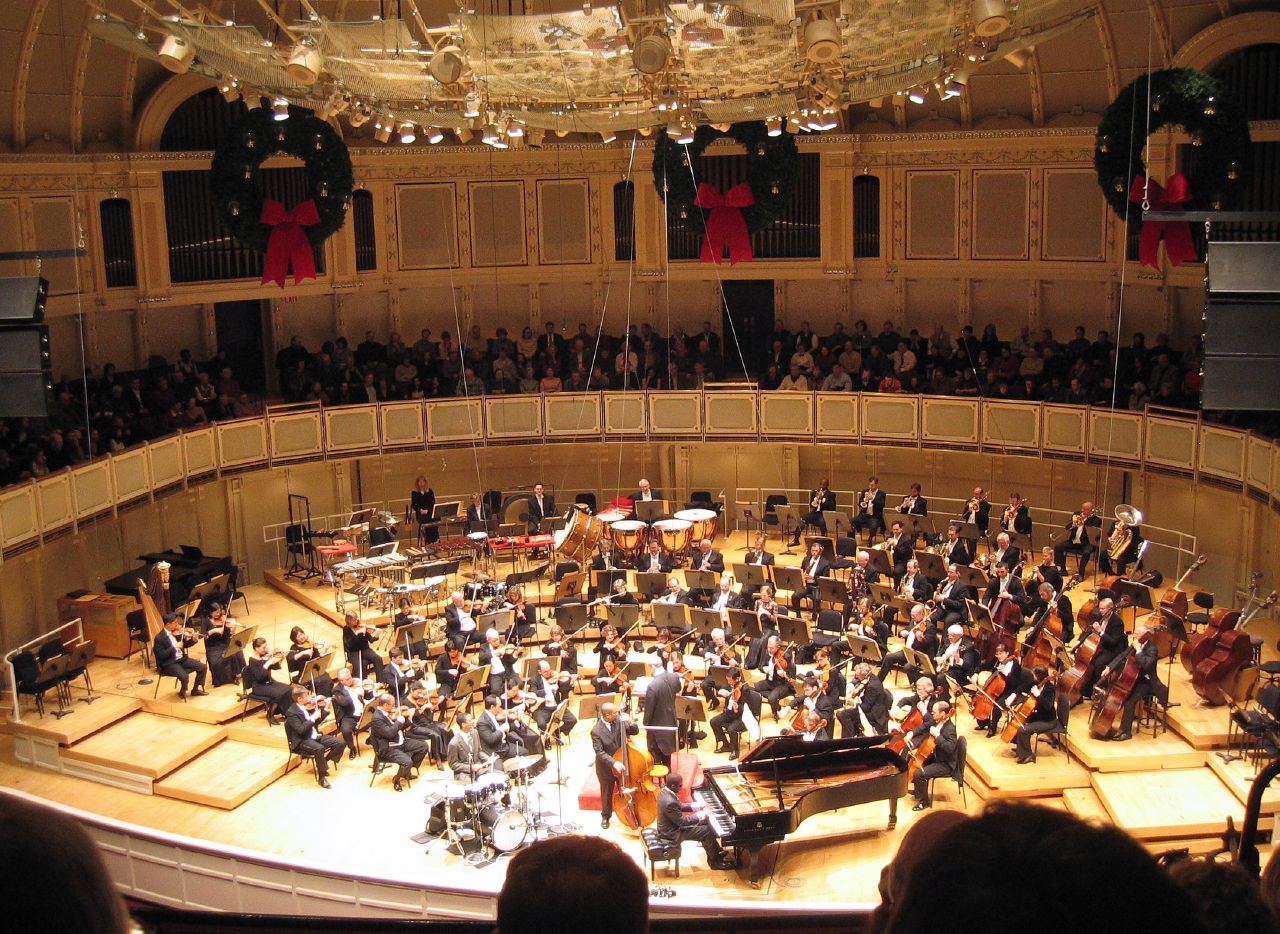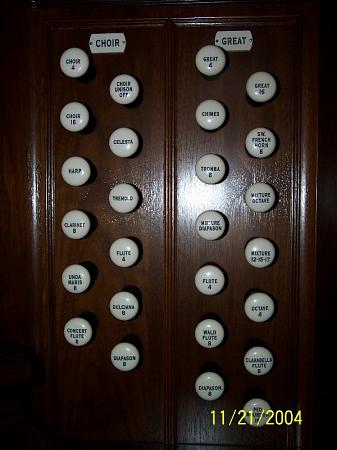|
Symphony No. 37 (Mozart)
Symphony No. 37 in G major, (K. 444/425a + Anh A 53) is a work that was once attributed to Wolfgang Amadeus Mozart and given a place in the Köchel catalogue as well as the number '37'. It is in fact Symphony No. 25 in G major by Michael Haydn, bearing the catalogue numbers P 16 and MH 334. This mistake, long ago corrected, resulted from a brief musical introduction (an ''adagio maestoso'') added by Mozart to Haydn's symphony. History The complete symphony was for a long time believed to be a work by Mozart, but is now known to have actually been mostly written by Michael Haydn, being his Symphony No. 25 in G major, Perger 16, Sherman 25, MH 334. The true authorship was discovered by Lothar Perger in 1907. Modern commentators find it "difficult to comprehend how the editors of the Breitkopf edition of Mozart could have considered the three movements of the G major symphony as the immediate successor of the 'Linz' Symphony; the infinitely simpler and more archaic art of the Sa ... [...More Info...] [...Related Items...] OR: [Wikipedia] [Google] [Baidu] |
Portrait Of Michael Haydn By Franz Xaver Hornöck
A portrait is a painting, photograph, sculpture, or other artistic representation of a person, in which the face is always predominant. In arts, a portrait may be represented as half body and even full body. If the subject in full body better represents personality and mood, this type of presentation may be chosen. The intent is to display the likeness, personality, and even the mood of the person. For this reason, in photography a portrait is generally not a snapshot, but a composed image of a person in a still position. A portrait often shows a person looking directly at the painter or photographer, to most successfully engage the subject with the viewer, but portrait may be represented as a profile (from aside) and 3/4. History Prehistorical portraiture Plastered human skulls were reconstructed human skulls that were made in the ancient Levant between 9000 and 6000 BC in the Pre-Pottery Neolithic B period. They represent some of the oldest forms of art in the Middle East ... [...More Info...] [...Related Items...] OR: [Wikipedia] [Google] [Baidu] |
Chord (music)
In Western music theory, a chord is a group of notes played together for their harmony, harmonic Consonance and dissonance, consonance or dissonance. The most basic type of chord is a Triad (music), triad, so called because it consists of three distinct notes: the Root (chord), root note along with Interval (music), intervals of a Third (chord), third and a Fifth (chord), fifth above the root note. Chords with more than three notes include added tone chords, extended chords and tone clusters, which are used in contemporary classical music, jazz, and other genres. Chords are the building blocks of harmony and form the harmonic foundation of a piece of music. They provide the harmonic support and coloration that accompany melodies and contribute to the overall sound and mood of a musical composition. The factor (chord), factors, or component notes, of a chord are often sounded simultaneously but can instead be sounded consecutively, as in an arpeggio. A succession of chords is ca ... [...More Info...] [...Related Items...] OR: [Wikipedia] [Google] [Baidu] |
Classical Archives
Classical Archives LLC is an online digital music store that solely focuses on classical music. Originally opening as the Classical MIDI Archives in 1994 primarily as a repository for free MIDI sequences of classical music works, in August 2000 the site incorporated as Classical Archives, LLC, and has since been also offering commercial label recordings for both streaming and downloading. Both members and non-members can access detailed musicological information for each work: movements, genre, principal instruments, year of composition, and key. Additionally, nearly every composer's biography is provided. Free radio streaming is available for computers and mobile devices that also includes a device to close the connection in one hour, if desired. Classical Archives uses a proprietary system (called the Contextual Metadata Engine) that allows for the ingestion and cataloguing of all recordings based on musicological accurate and uniform metadata. Because of the Contextual ... [...More Info...] [...Related Items...] OR: [Wikipedia] [Google] [Baidu] |
Figured Bass
Figured bass is musical notation in which numerals and symbols appear above or below (or next to) a bass note. The numerals and symbols (often accidental (music), accidentals) indicate interval (music), intervals, chord (music), chords, and non-chord tones that a musician playing piano, harpsichord, organ (music), organ, or lute (or other instruments capable of playing chords) should play in relation to the bass note. Figured bass is closely associated with #Basso continuo, basso continuo: a historically improvised accompaniment used in almost all genres of music in the Baroque music, Baroque period of Classical music ( 1600–1750), though rarely in modern music. Figured bass is also known as thoroughbass. Other systems for Chord (music)#Notation, denoting or representing chords include plain staff notation, used in classical music; Roman numeral analysis, Roman numerals, commonly used in harmonic analysis (music), harmonic analysis; chord letters, sometimes used in modern music ... [...More Info...] [...Related Items...] OR: [Wikipedia] [Google] [Baidu] |
Harpsichord
A harpsichord is a musical instrument played by means of a musical keyboard, keyboard. Depressing a key raises its back end within the instrument, which in turn raises a mechanism with a small plectrum made from quill or plastic that plucks one or more strings. The strings are under tension on a Sound board (music), soundboard, which is mounted in a wooden case; the soundboard amplifies the vibrations from the strings so that the listeners can hear it. Like a pipe organ, a harpsichord may have more than one keyboard Manual (music), manual and even a #Pedal harpsichord, pedal board. Harpsichords may also have Organ stop, stop levers which add or remove additional octaves. Some harpsichords may have a buff stop, which brings a strip of buff leather or other material in contact with the strings, muting their sound to simulate the sound of a plucked lute. The term denotes the whole family of similar plucked-keyboard instruments, including the smaller virginals, virginals#Muselars, m ... [...More Info...] [...Related Items...] OR: [Wikipedia] [Google] [Baidu] |
Cello
The violoncello ( , ), commonly abbreviated as cello ( ), is a middle pitched bowed (sometimes pizzicato, plucked and occasionally col legno, hit) string instrument of the violin family. Its four strings are usually intonation (music), tuned in perfect fifths: from low to high, scientific pitch notation, C2, G2, D3 and A3. The viola's four strings are each an octave higher. Music for the cello is generally written in the bass clef; the tenor clef and treble clef are used for higher-range passages. Played by a ''List of cellists, cellist'' or ''violoncellist'', it enjoys a large solo repertoire Cello sonata, with and List of solo cello pieces, without accompaniment, as well as numerous cello concerto, concerti. As a solo instrument, the cello uses its whole range, from bass to soprano, and in chamber music, such as string quartets and the orchestra's string section, it often plays the bass part, where it may be reinforced an octave lower by the double basses. Figured bass music ... [...More Info...] [...Related Items...] OR: [Wikipedia] [Google] [Baidu] |
Unison
Unison (stylised as UNISON) is a Great Britain, British trade union. Along with Unite the Union, Unite, Unison is one of the two largest trade unions in the United Kingdom, with over 1.2 million members who work predominantly in public services, including local government, education, health and outsourcing, outsourced services. The union was formed in 1993 when three public sector trade unions, the National Association of Local Government Officers, National and Local Government Officers Association (NALGO), the National Union of Public Employees (NUPE) and the Confederation of Health Service Employees (COHSE) merged. UNISON's current general secretary is Christina McAnea, who replaced Dave Prentis in 2021. Members and organisation Members of UNISON are typically from industries within the public sector and generally cover both full-time and part-time support and administrative staff. The majority of people joining UNISON are workers within sectors such as local government, e ... [...More Info...] [...Related Items...] OR: [Wikipedia] [Google] [Baidu] |
String Section
The string section of an orchestra is composed of bowed instruments belonging to the violin family. It normally consists of first and second violins, violas, cellos, and double basses. It is the most numerous group in the standard orchestra. In discussions of the Orchestration, instrumentation of a musical work, the phrase "the strings" or "and strings" is used to indicate a string section as just defined. An orchestra consisting solely of a string section is called a string orchestra. Smaller string sections are sometimes used in jazz, pop, and rock music and in the pit orchestras of musical theatre. Seating arrangement The most common seating arrangement in the 2000s is with first violins, second violins, violas, and cello sections arrayed clockwise around the Conductor (music), conductor, with basses behind the cellos on the right. The first violins are led by the concertmaster (leader in the UK); each of the other string sections also has a principal player (principal secon ... [...More Info...] [...Related Items...] OR: [Wikipedia] [Google] [Baidu] |
Natural Horn
The natural horn is a musical instrument that is the predecessor to the modern-day (French) horn (differentiated by its lack of valves). Throughout the seventeenth and eighteenth centuries, the natural horn evolved as a separation from the trumpet by widening the bell and lengthening the tubes. It consists of a mouthpiece, long coiled tubing, and a large flared bell. This instrument was used extensively until the emergence of the valved horn in the early 19th century. Hand stopping technique The natural horn has several gaps in its harmonic range. To play chromatically, in addition to crooking the instrument into the right key, two additional techniques are required: ''bending'' and '' hand-stopping''. Bending a note is achieved by modifying the embouchure to raise or lower the pitch fractionally, and compensates for the slightly out-of-pitch " wolf tones" which all brass instruments have. Hand-stopping is a technique whereby the player can modify the pitch of a note by u ... [...More Info...] [...Related Items...] OR: [Wikipedia] [Google] [Baidu] |
Oboe
The oboe ( ) is a type of double-reed woodwind instrument. Oboes are usually made of wood, but may also be made of synthetic materials, such as plastic, resin, or hybrid composites. The most common type of oboe, the soprano oboe pitched in C, measures roughly long and has metal Key (instrument), keys, a conical Bore (wind instruments), bore and a flared bell. Sound is produced by blowing into the Reed (instrument), reed at a sufficient air pressure, causing it to vibrate with the air column. The distinctive tone is versatile and has been described as "bright". When the word ''oboe'' is used alone, it is generally taken to mean the soprano member rather than other instruments of the family, such as the bass oboe, the cor anglais (English horn), or oboe d'amore. Today, the oboe is commonly used as orchestral or solo instrument in Orchestra, symphony orchestras, concert bands and chamber music, chamber ensembles. The oboe is especially used in classical music, film music, some ge ... [...More Info...] [...Related Items...] OR: [Wikipedia] [Google] [Baidu] |
Woodwind Instrument
Woodwind instruments are a family of musical instruments within the greater category of wind instruments. Common examples include flute, clarinet, oboe, bassoon, and saxophone. There are two main types of woodwind instruments: flutes and reed instruments (otherwise called reed pipes). The main distinction between these instruments and other wind instruments is the way in which they produce sound. All woodwinds produce sound by splitting the air blown into them on a sharp edge, such as a reed or a fipple. Despite the name, a woodwind may be made of any material, not just wood. Common examples of other materials include brass, silver, cane, and other metals such as gold and platinum. The saxophone, for example, though made of brass, is considered a woodwind because it requires a reed to produce sound. Occasionally, woodwinds are made of earthen materials, especially ocarinas. Flutes Flutes produce sound by directing a focused stream of air across the edge of a hole i ... [...More Info...] [...Related Items...] OR: [Wikipedia] [Google] [Baidu] |
Colla Parte
A variety of musical terms is encountered in printed scores, music reviews, and program notes. Most of the terms are Italian, in accordance with the Italian origins of many European musical conventions. Sometimes, the special musical meanings of these phrases differ from the original or current Italian meanings. Most of the other terms are taken from French and German, indicated by ''Fr.'' and ''Ger.'', respectively. Unless specified, the terms are Italian or English. The list can never be complete: some terms are common, and others are used only occasionally, and new ones are coined from time to time. Some composers prefer terms from their own language rather than the standard terms listed here. 0–9 ; 1 : "sifflet" or one foot organ stop ; I : usually for orchestral string instruments, used to indicate that the player should play the passage on the highest-pitched, thinnest string ; : Tierce organ stop ; 2 : two feet – pipe organ indication; see ; : pipe organ ... [...More Info...] [...Related Items...] OR: [Wikipedia] [Google] [Baidu] |








